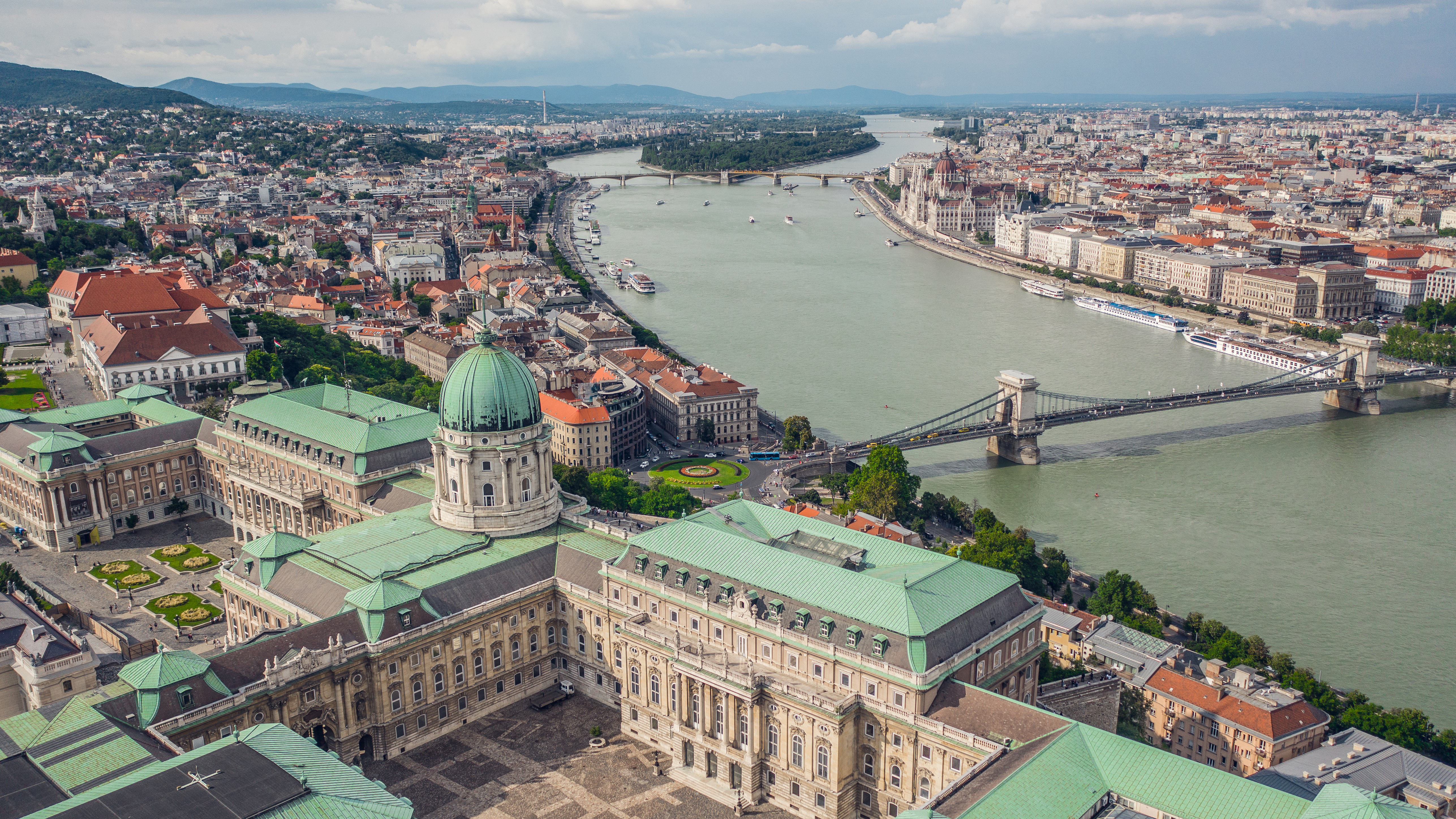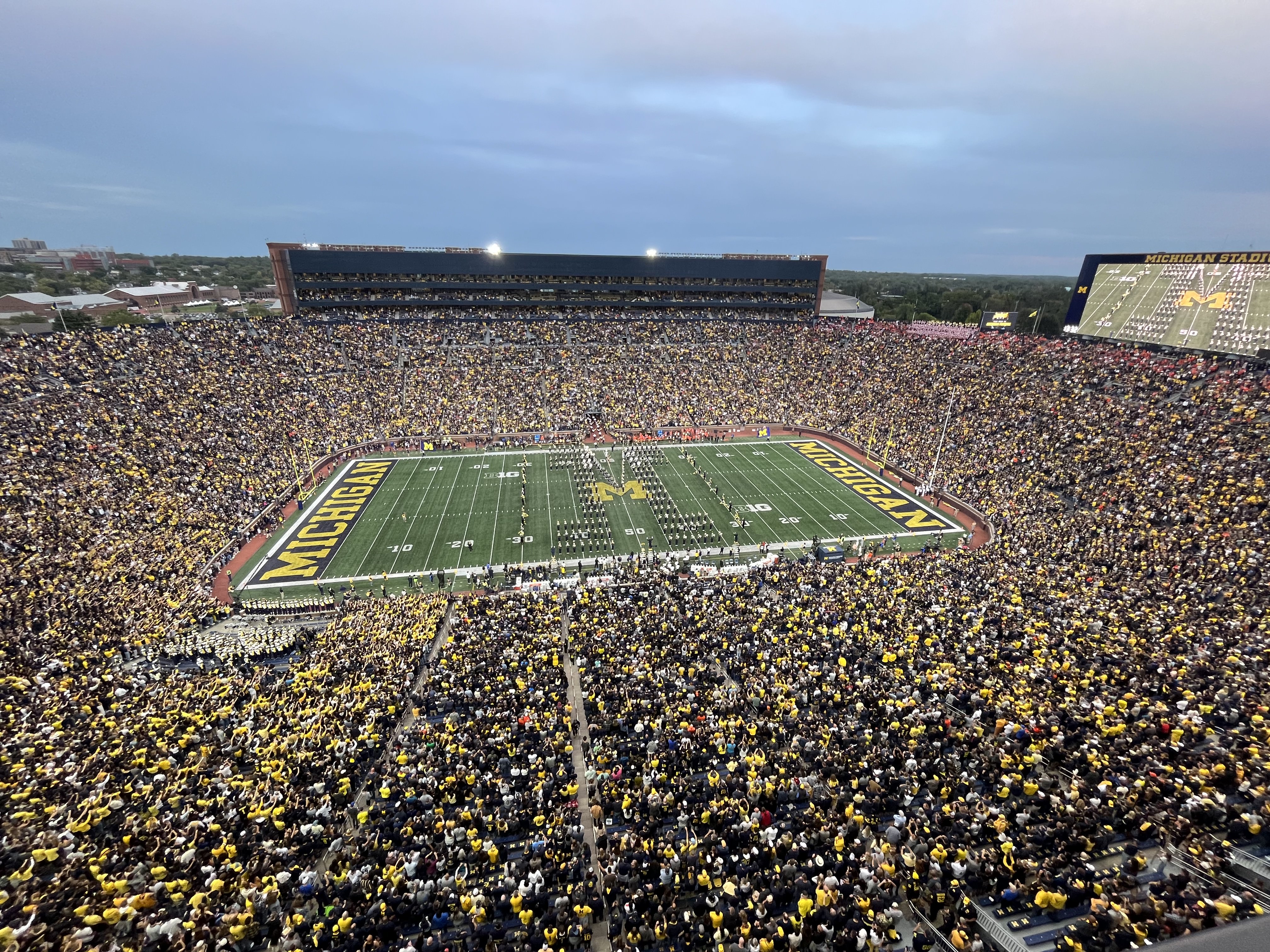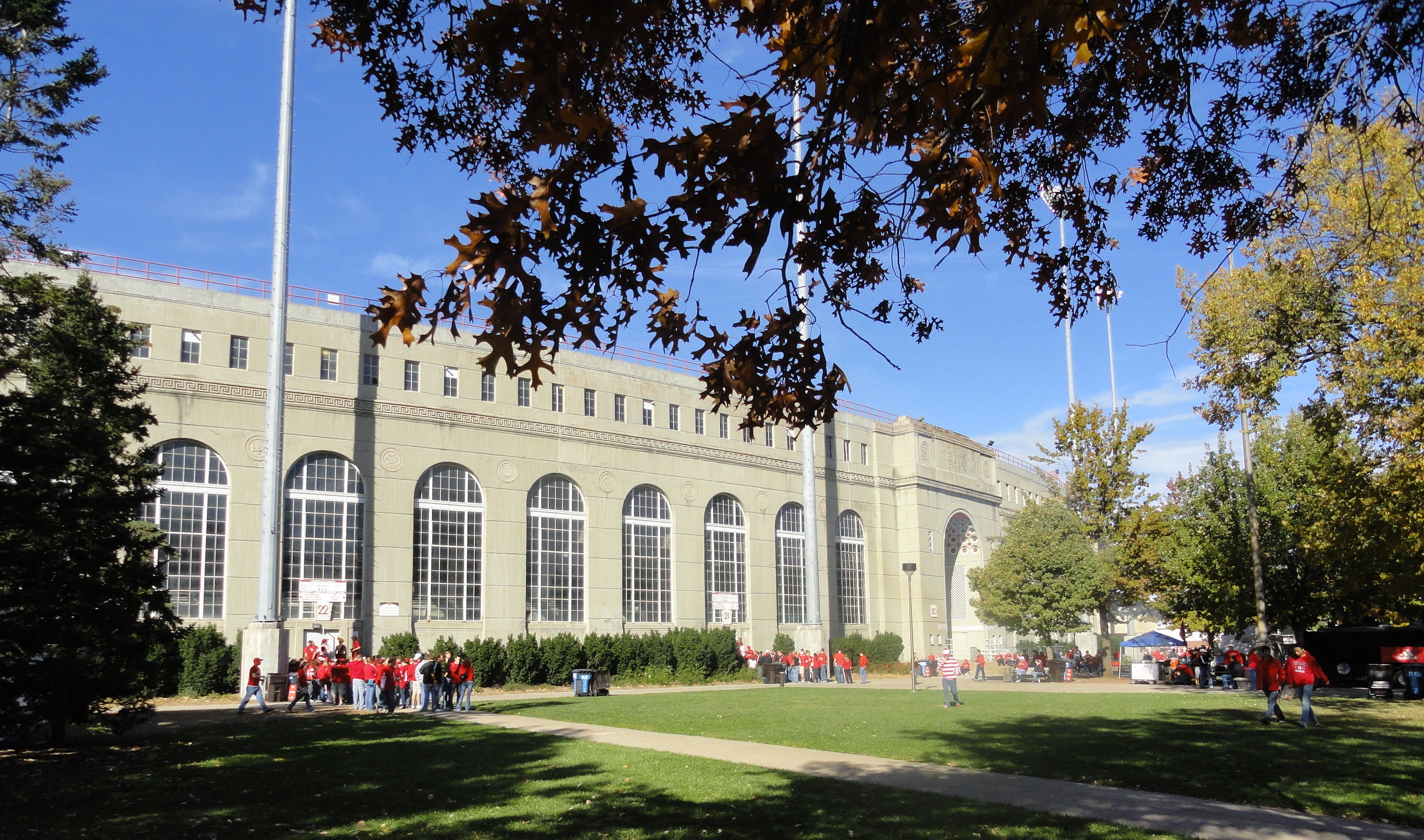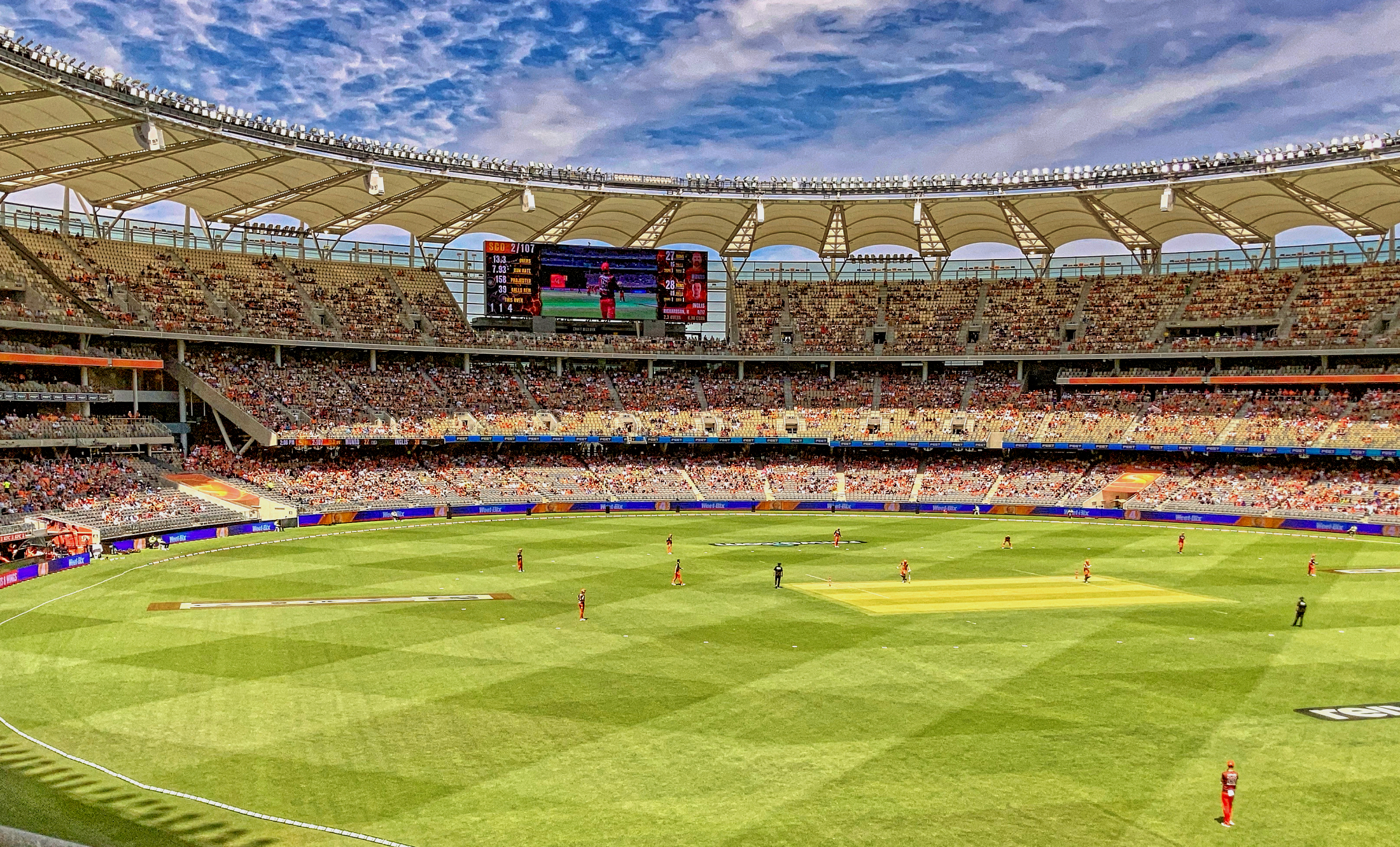14 Historic Stadiums Reborn: Where Sports Legends Now Host Epic Events
Stadiums possess a unique soul, echoes of triumphs and heartbreaks lingering in their very foundations. But what happens when these hallowed grounds, steeped in decades of sporting lore, undergo a radical transformation? They don't just get a facelift; they are reborn, reimagined for a new era while fiercely protecting their legendary pasts. This isn't about mere renovation; it's about ingenious engineering and visionary design breathing fresh life into concrete titans. We've unearthed 14 iconic stadiums that have masterfully navigated this delicate balance, continuing to host epic events and captivating global audiences. Get ready to discover how these architectural and cultural landmarks leverage their rich heritage, blending cutting-edge innovation with nostalgic grandeur to create unforgettable experiences today.
1. Wembley Stadium (London, UK): The Arch of a New Era
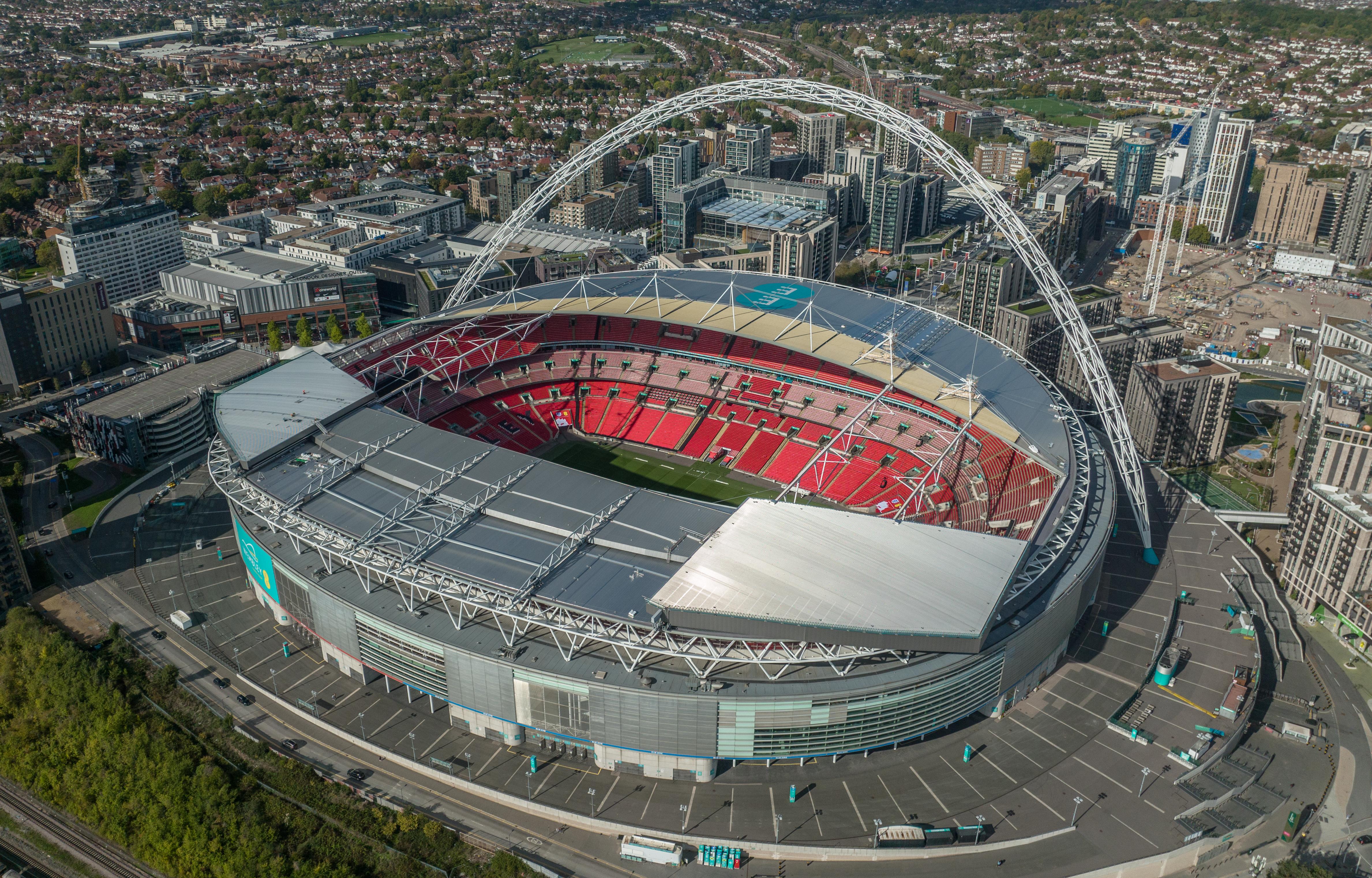
Rising majestically with its iconic 133-meter arch, the new Wembley Stadium stands on the sacred ground of its legendary predecessor. Completed in 2007, it ingeniously honors the spirit of the "Twin Towers" while delivering a state-of-the-art multi-purpose arena. Capable of seating 90,000, it features a retractable roof and advanced acoustics, ensuring optimal conditions for both FA Cup Finals and sold-out concerts by global music stars. Its rebirth transformed it from a national football shrine into a world-class venue for major sports, entertainment, and national celebrations, carrying forward its storied legacy with modern flair.
2. Coliseum (Rome, Italy): From Gladiatorial Arena to Living History
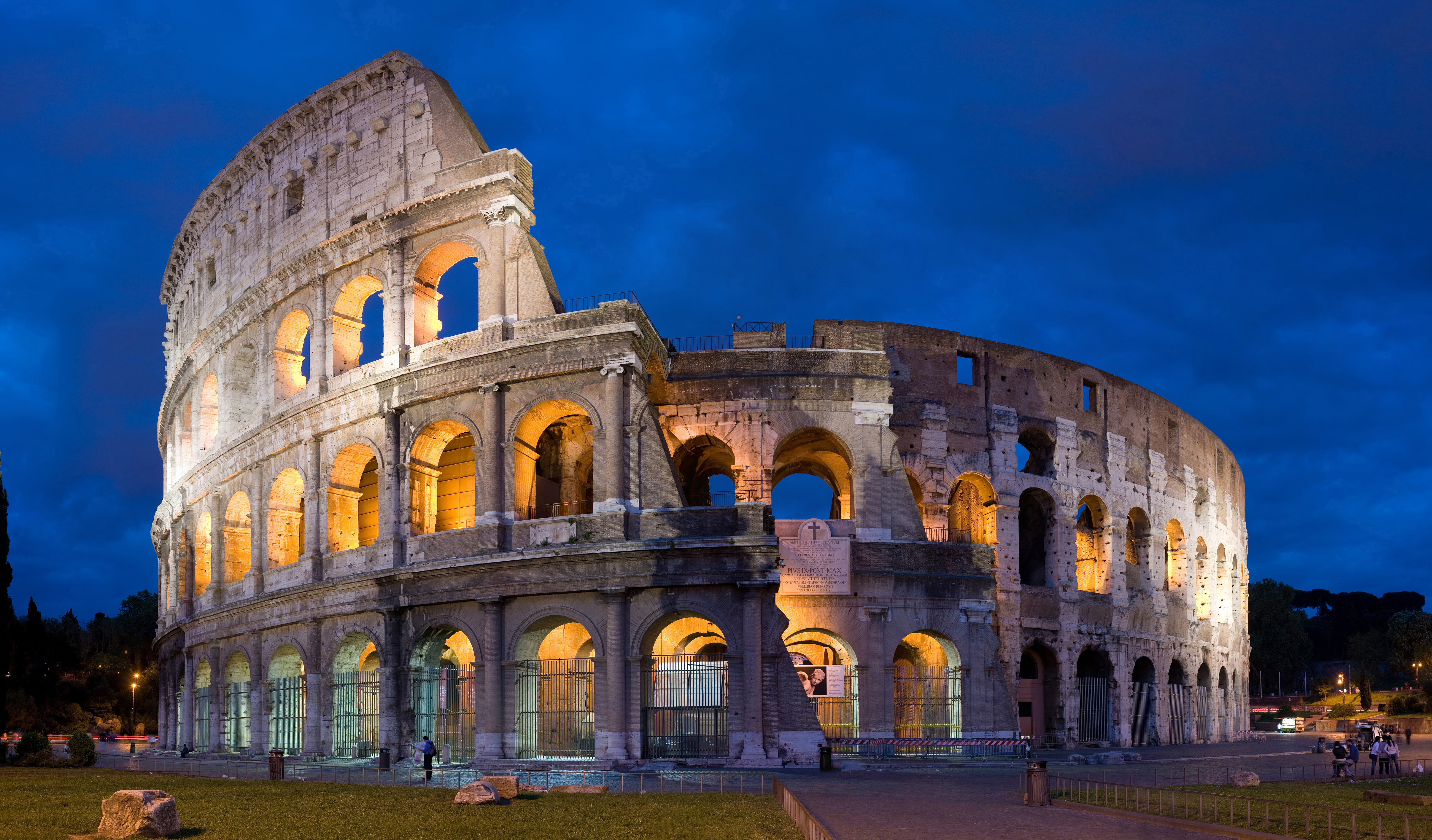
Though no longer a sports stadium in the modern sense, the Roman Coliseum (completed 80 AD) represents the ultimate rebirth, transitioning from a brutal gladiatorial arena to a global cultural icon. Its enduring presence, partially restored yet deliberately showcasing its ancient scars, serves as a monumental backdrop for countless modern events. From theatrical performances to light shows and major historical re-enactments, it continues to host "epic events" that connect contemporary audiences directly to ancient history. Its rebirth is one of preservation and re-contextualization, allowing its profound past to narrate the present.
3. Maracanã (Rio de Janeiro, Brazil): Reimagined for a Nation's Passion
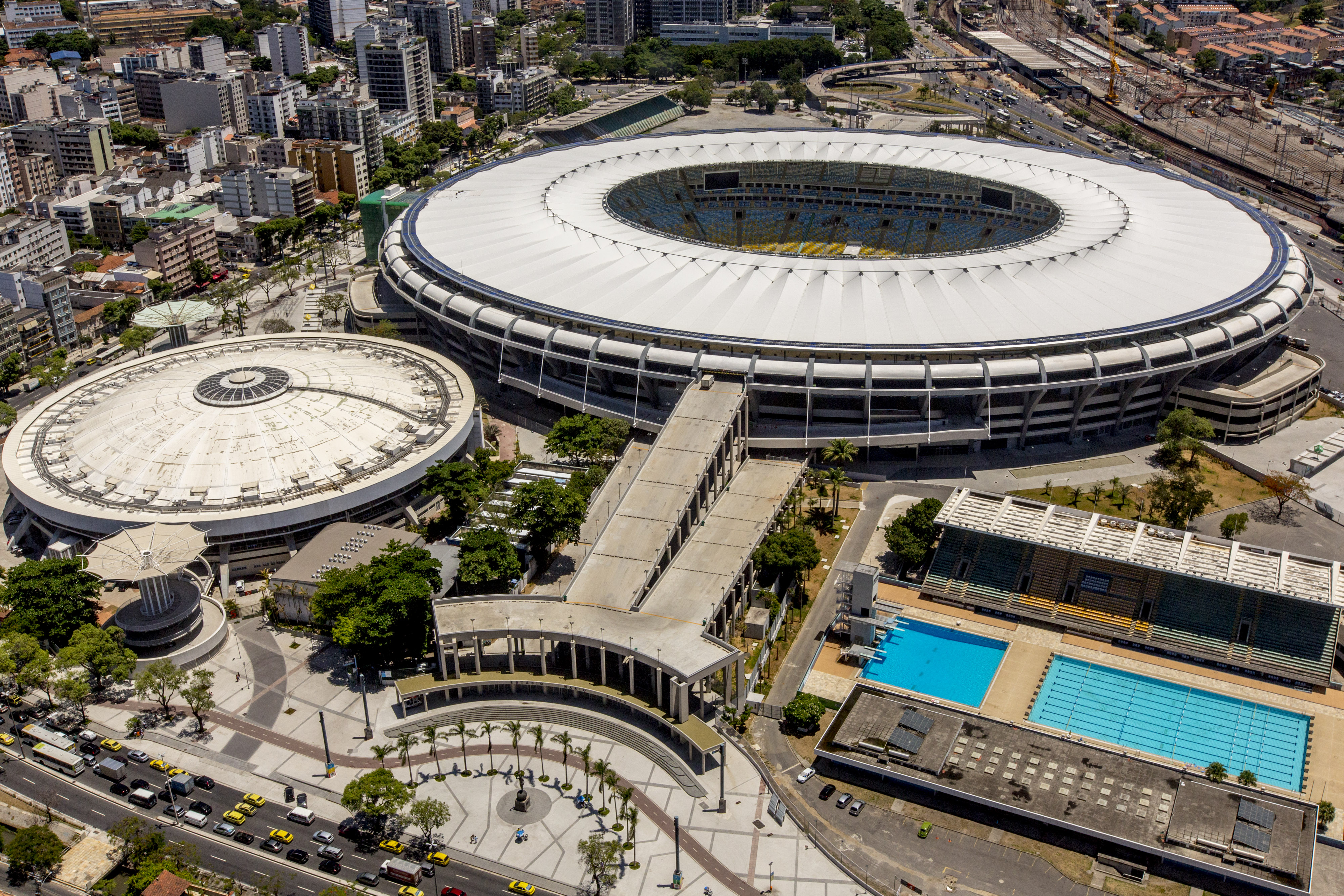
Brazil's beloved Maracanã, once the world's largest stadium, has undergone multiple rebirths to stay relevant. Built for the 1950 World Cup, its most significant modernization for the 2014 World Cup and 2016 Olympics included replacing the lower tier to improve sightlines, adding a new roof, and installing more comfortable seating. While reducing capacity, these changes preserved its core bowl structure, ensuring it remained the vibrant heart of Brazilian football. It continues to host major international matches, local derbies, and grand ceremonies, echoing with the passion of a nation that reveres its history.
4. Olympic Stadium (Berlin, Germany): Reconciling Past and Present

Originally built for the 1936 Nazi Olympics, Berlin's Olympiastadion presented a profound challenge for rebirth. Instead of demolition, its controversial history was acknowledged through careful preservation and a sensitive, spectacular modernization for the 2006 FIFA World Cup. The grand stone facade remains, but a translucent, sweeping roof now covers the seating, providing modern comfort while respecting the original architecture. It now hosts Hertha BSC football matches, athletic championships, and major concerts, standing as a powerful symbol of transformation and a venue that embodies Germany's journey towards reconciliation.
5. Soldier Field (Chicago, USA): Modern Heart in a Historic Shell
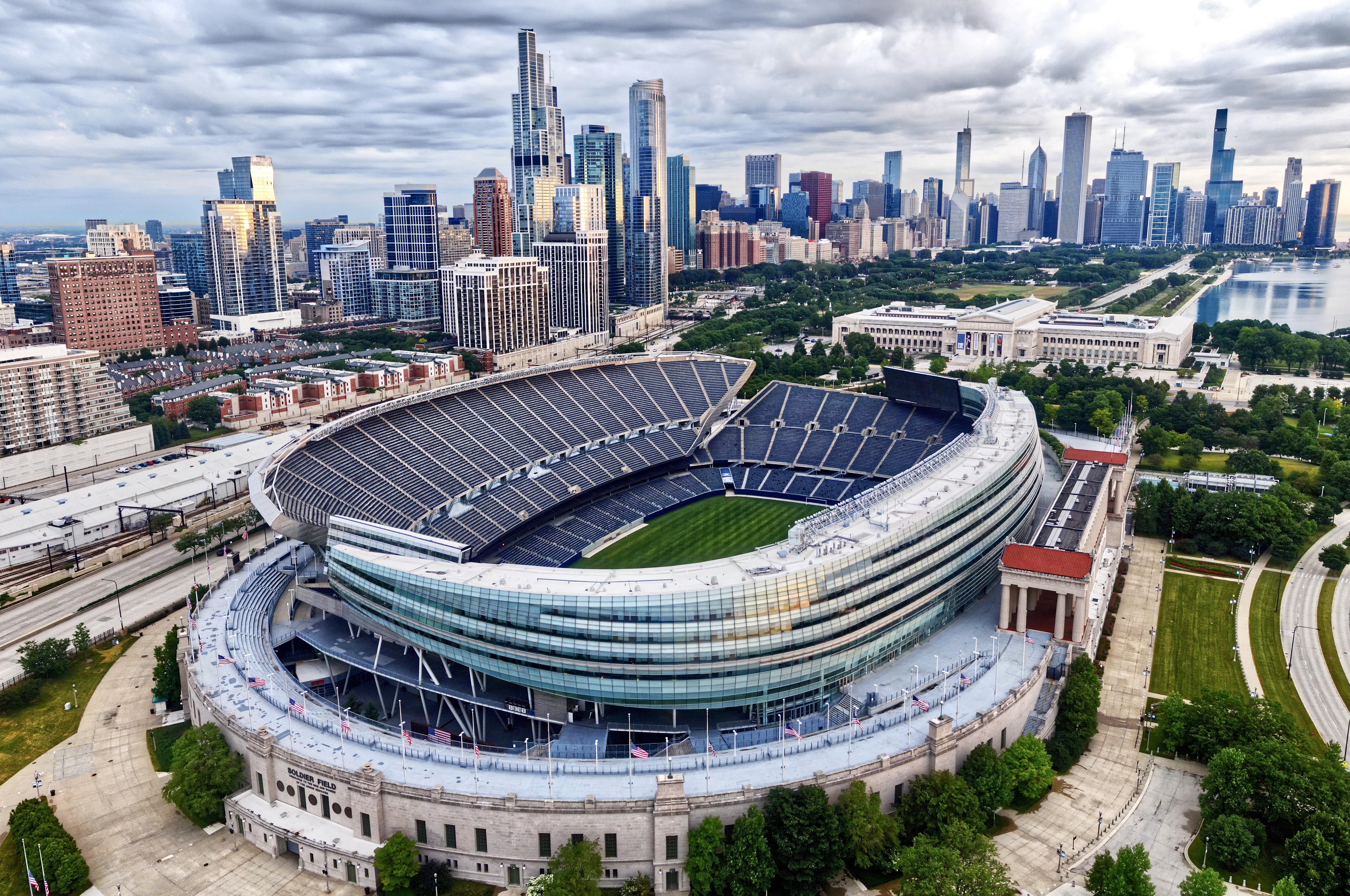
Soldier Field, home to the Chicago Bears, performed an architectural feat in its 2003 renovation: a brand-new, modern stadium bowl was literally built inside its venerable, neoclassical colonnaded exterior. This bold decision preserved the iconic facade, which dates back to 1924, while providing cutting-edge amenities and improved sightlines within. The stark contrast between the historic exterior and the futuristic interior is an ingenious solution to urban preservation and modern sporting demands, allowing this landmark to continue hosting NFL games and major events for decades to come.
6. Estadio Centenario (Montevideo, Uruguay): A Living UNESCO Legacy

A UNESCO World Heritage site and host of the first FIFA World Cup Final in 1930, Estadio Centenario isn't "reborn" through dramatic overhaul but through continuous, respectful adaptation. Its rebirth is its ongoing utility as a top-tier football venue, preserving its unique concrete architecture and famous "Torre de los Homenajes." Minor upgrades for seating, lighting, and pitch maintenance ensure it still hosts significant matches for Uruguayan clubs and the national team, allowing new generations to experience football history in its purest, most authentic form. It's a living monument, constantly used.
7. Fenway Park (Boston, USA): The Enduring Charm of Continuous Evolution
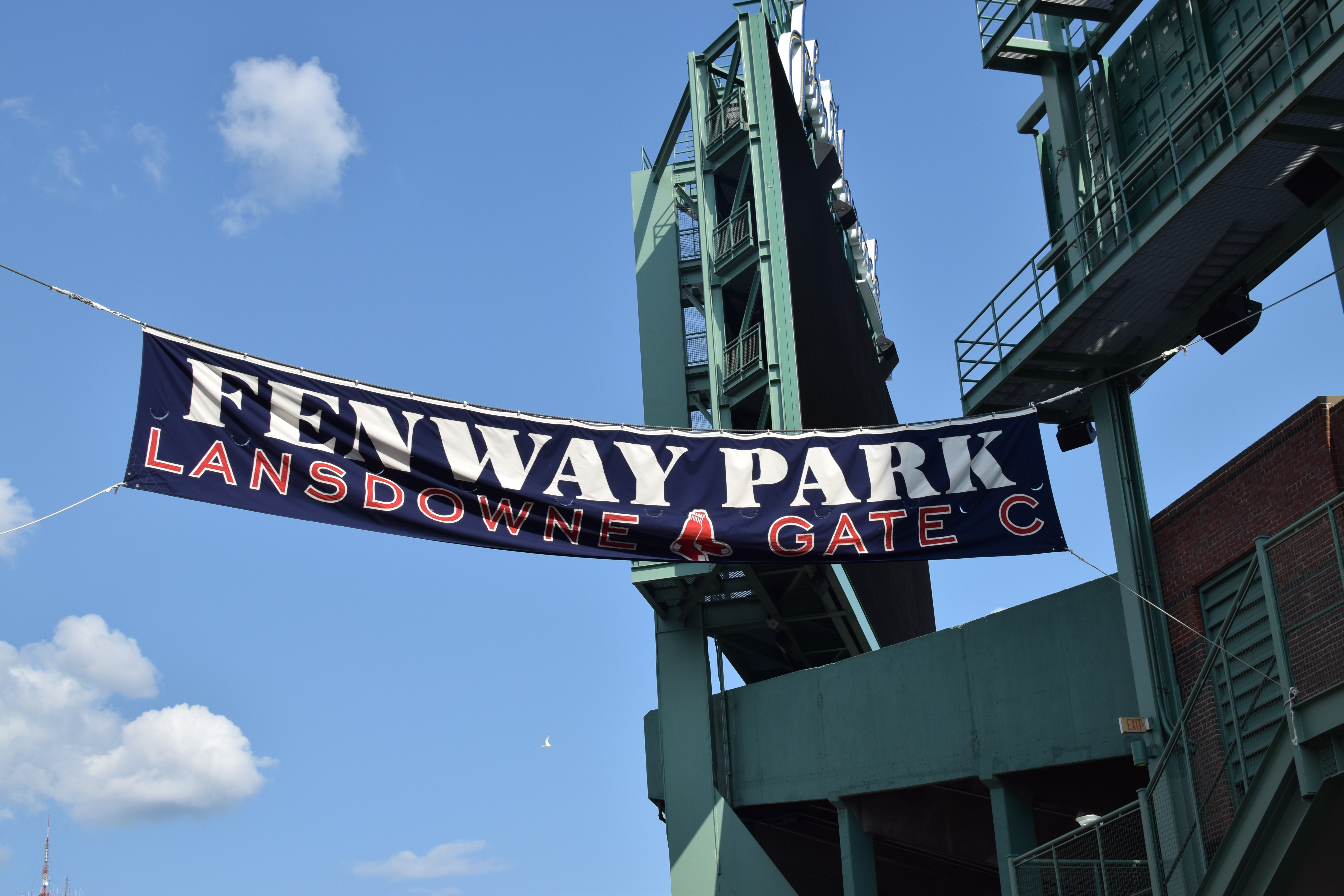
America's oldest Major League Baseball stadium (opened 1912), Fenway Park's rebirth isn't a single event but a masterclass in continuous, piecemeal modernization. Instead of being replaced, successive renovations have added amenities like the Green Monster seating, new concourses, and expanded luxury areas, all without sacrificing its intimate charm or quirky dimensions. This ongoing evolution has kept it viable for MLB games and transformed it into a concert venue, ensuring its legendary status and the "Curse of the Bambino" remain embedded in a still-thriving, albeit subtly updated, historic landmark.
8. Stadio Olimpico (Rome, Italy): From Grandeur to Multi-Purpose Powerhouse
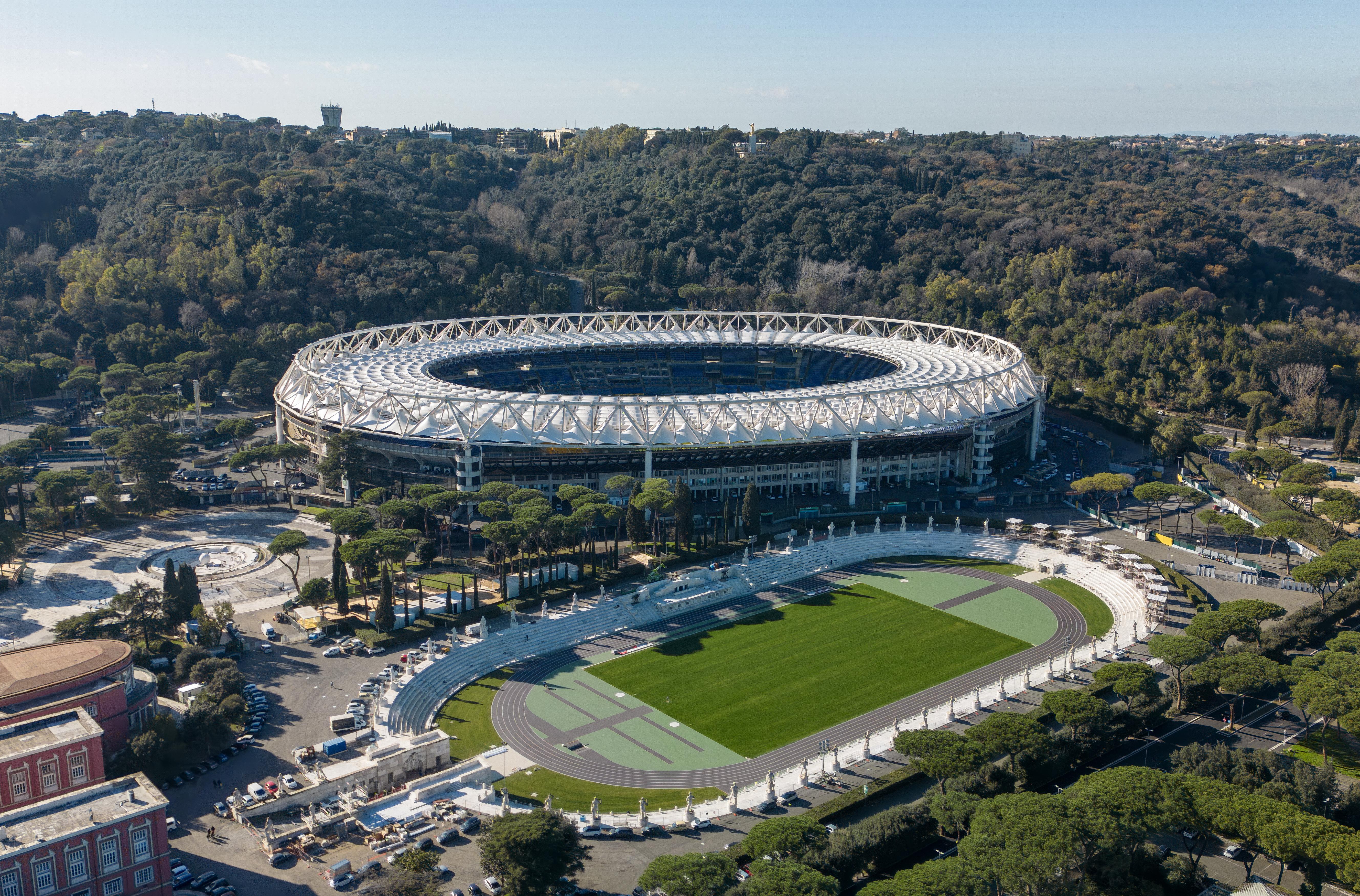
Built in 1937 and expanded dramatically for the 1960 Olympics and 1990 FIFA World Cup, Rome's Stadio Olimpico exemplifies consistent modernization. Its rebirth involved numerous facelifts, including the distinctive white canopy roof, upgrading infrastructure to UEFA standards, and enhancing fan comfort. It remains the shared home for fierce Serie A rivals AS Roma and S.S. Lazio, and a consistent host for Italy national team matches, Coppa Italia finals, and international rugby. Its sustained relevance in a historic city proves that classic stadiums can indeed adapt and thrive through successive eras.
9. Melbourne Cricket Ground (MCG, Australia): The Pulsating Heart of Australian Sport
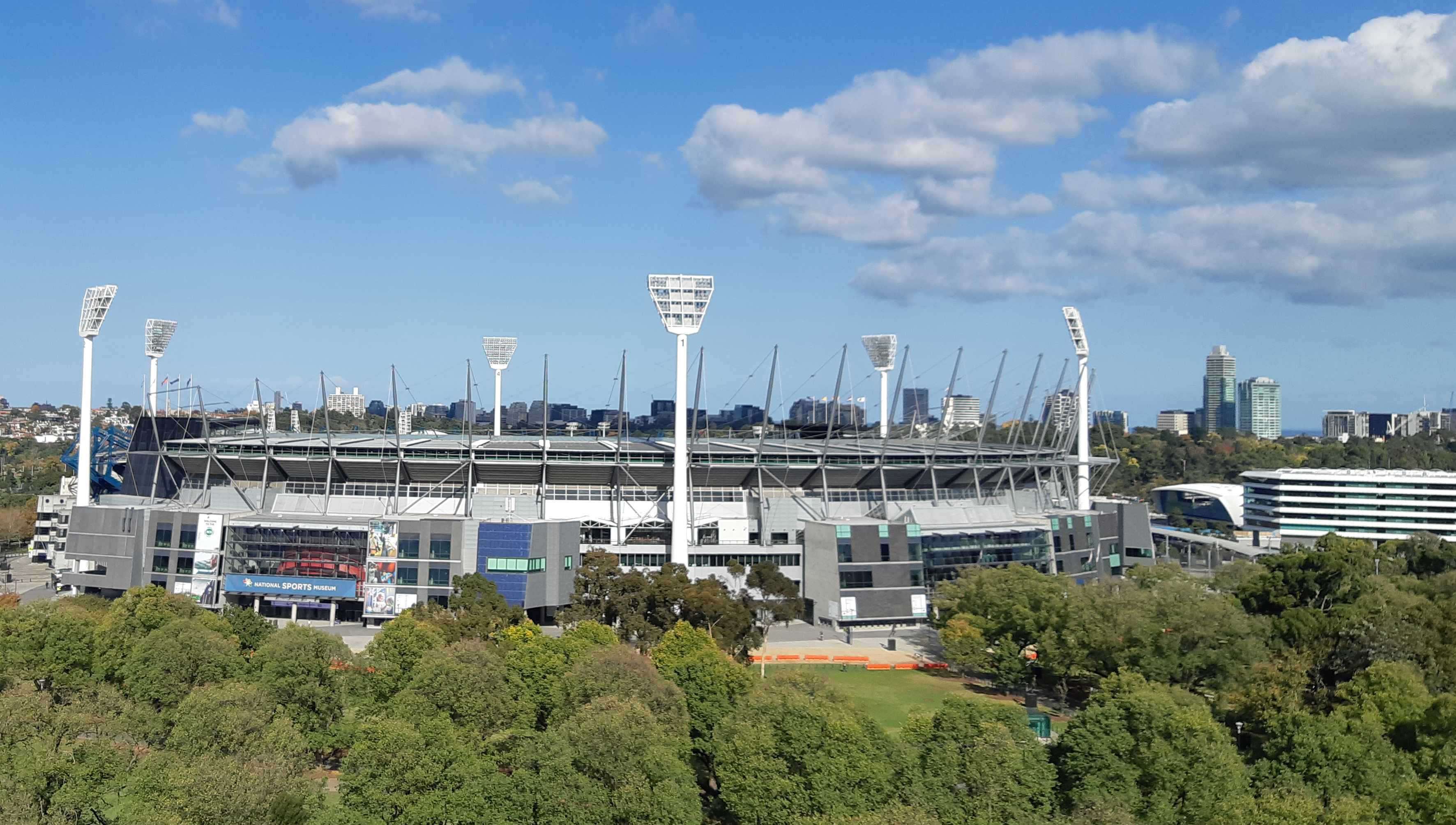
The MCG, a colossal symbol of Australian sport, has undergone countless expansions and redevelopments since its 1853 origins, effectively being reborn multiple times. Its current iteration, significantly modernized for the 2006 Commonwealth Games, features state-of-the-art facilities, improved seating, and massive video screens, yet retains its iconic pitch and the sheer scale that accommodates over 100,000 spectators. It remains the global epicenter for Boxing Day Tests, AFL Grand Finals, and major concerts, consistently reinventing itself to maintain its status as a world-leading, multi-sport mega-venue.
10. Parque dos Príncipes (Paris, France): Historic Home, Modern Facelift

Opened in 1897 and rebuilt twice, Paris Saint-Germain's home, the Parc des Princes, underwent its most significant modern rebirth for UEFA Euro 2016. The renovation dramatically upgraded seating, hospitality areas, and technical infrastructure while maintaining its distinctive oval shape and close-to-pitch seating. This thoughtful modernization transformed it into a contemporary, premium venue suitable for a global football powerhouse. It seamlessly blends its deep history as a cycling velodrome and French national stadium with the demands of modern European club football.
11. Yankee Stadium (Bronx, USA): A Legacy Rebuilt
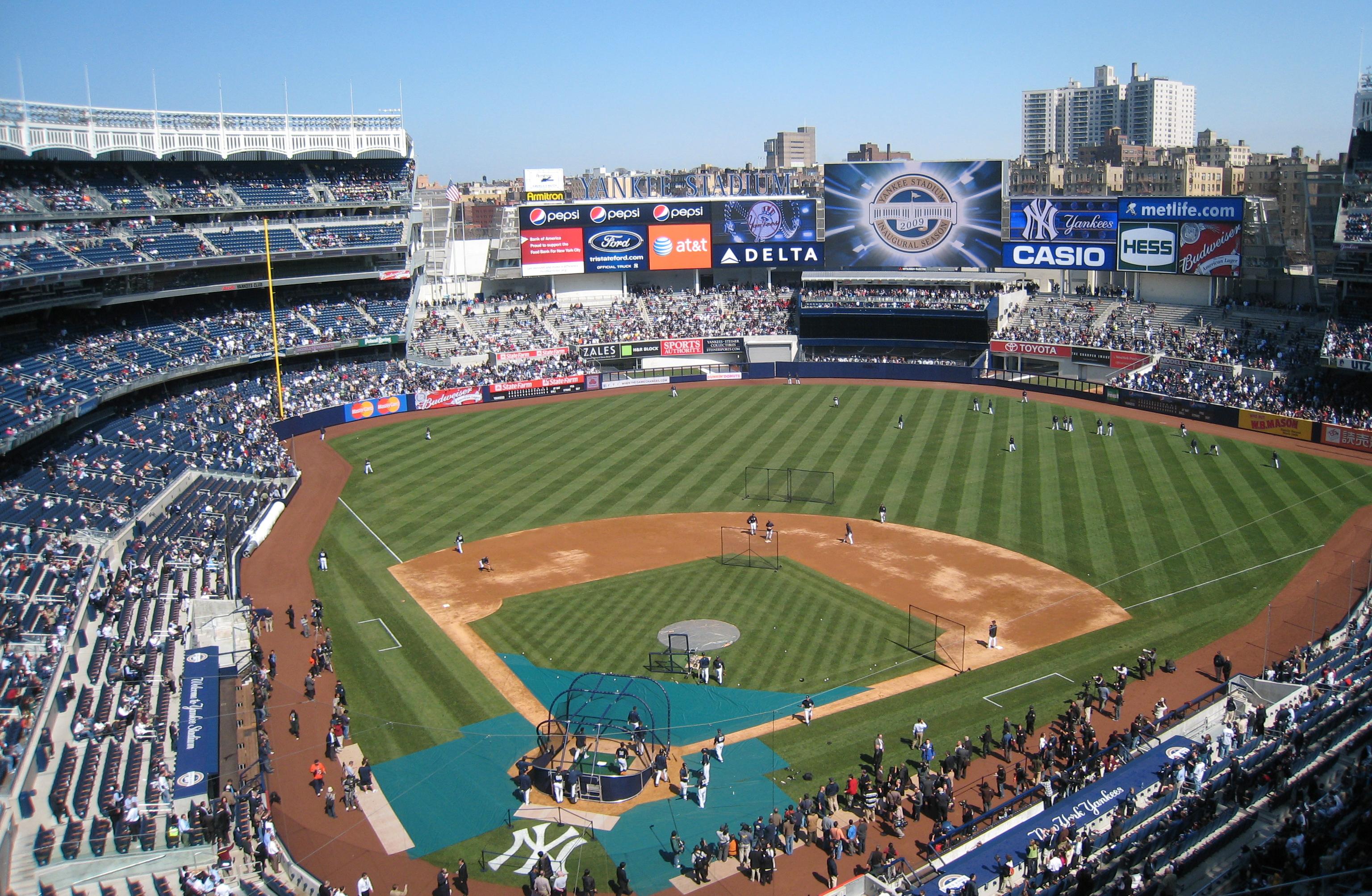
While technically a new stadium built next to the original in 2009, the new Yankee Stadium represents an ingenious "rebirth" of a beloved legacy. Its design meticulously incorporates elements from the original "House That Ruth Built," including the famous façade, Monument Park, and dimensions that evoke the past. This conscious homage ensures that the spirit and history of the original stadium live on, making it a powerful spiritual successor. It hosts MLB games, soccer matches, and concerts, offering fans a connection to history in a thoroughly modern setting.
12. Olympiastadion (Munich, Germany): Transparent Elegance Re-purposed
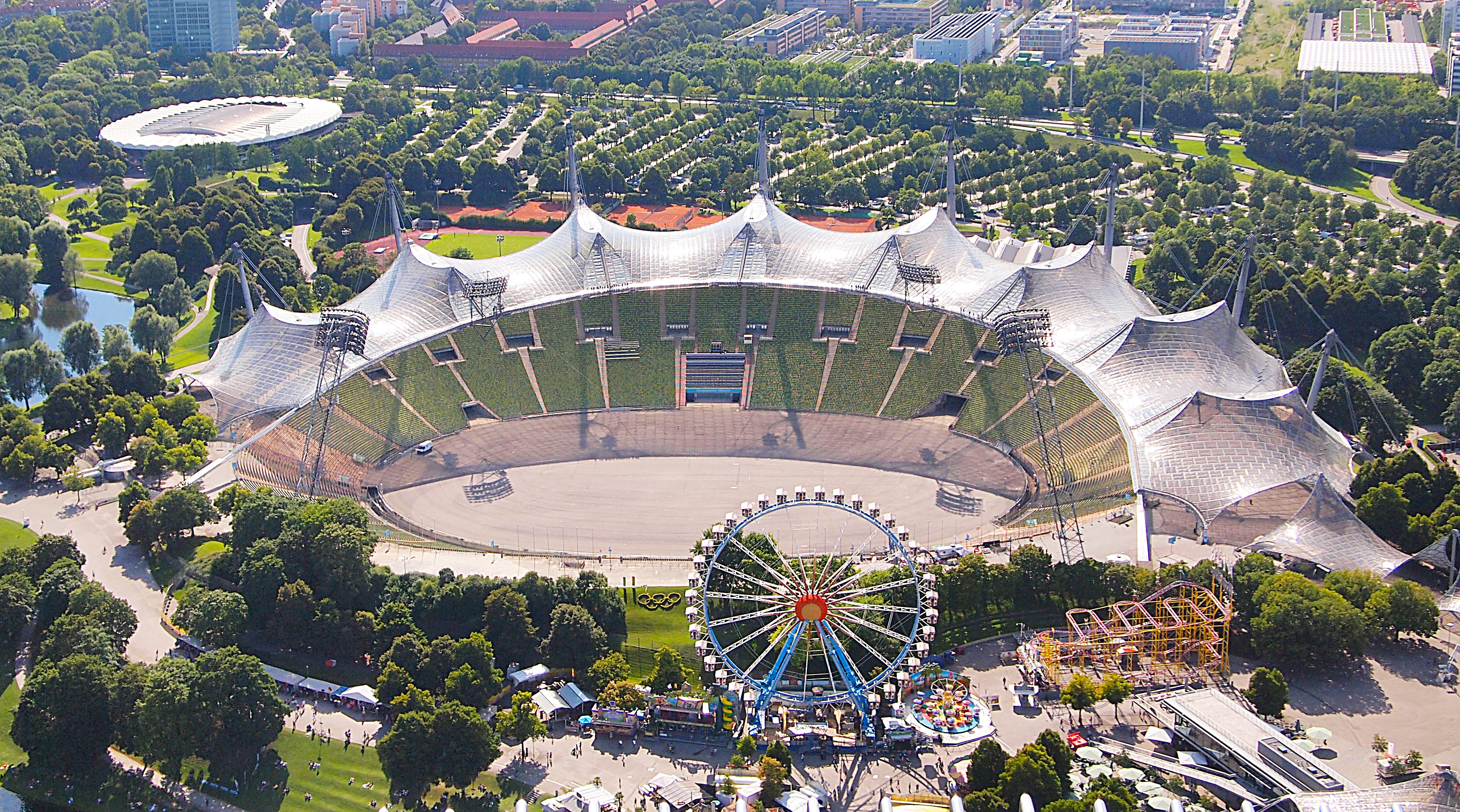
Munich's Olympiastadion, famous for its distinctive tent-like canopy roof designed for the 1972 Olympics, has undergone a fascinating rebirth since its primary football tenants moved out. Instead of becoming a white elephant, it was ingeniously repurposed. While still hosting occasional concerts and track events, its surrounding Olympic Park now boasts offices, housing, and leisure facilities integrated into the unique architecture. This transformation highlights a sustainable model for stadium rebirth, allowing an iconic structure to adapt and serve a diverse array of community needs beyond just elite sports.
13. Estádio do Pacaembu (São Paulo, Brazil): Art Deco Icon, Cultural Hub
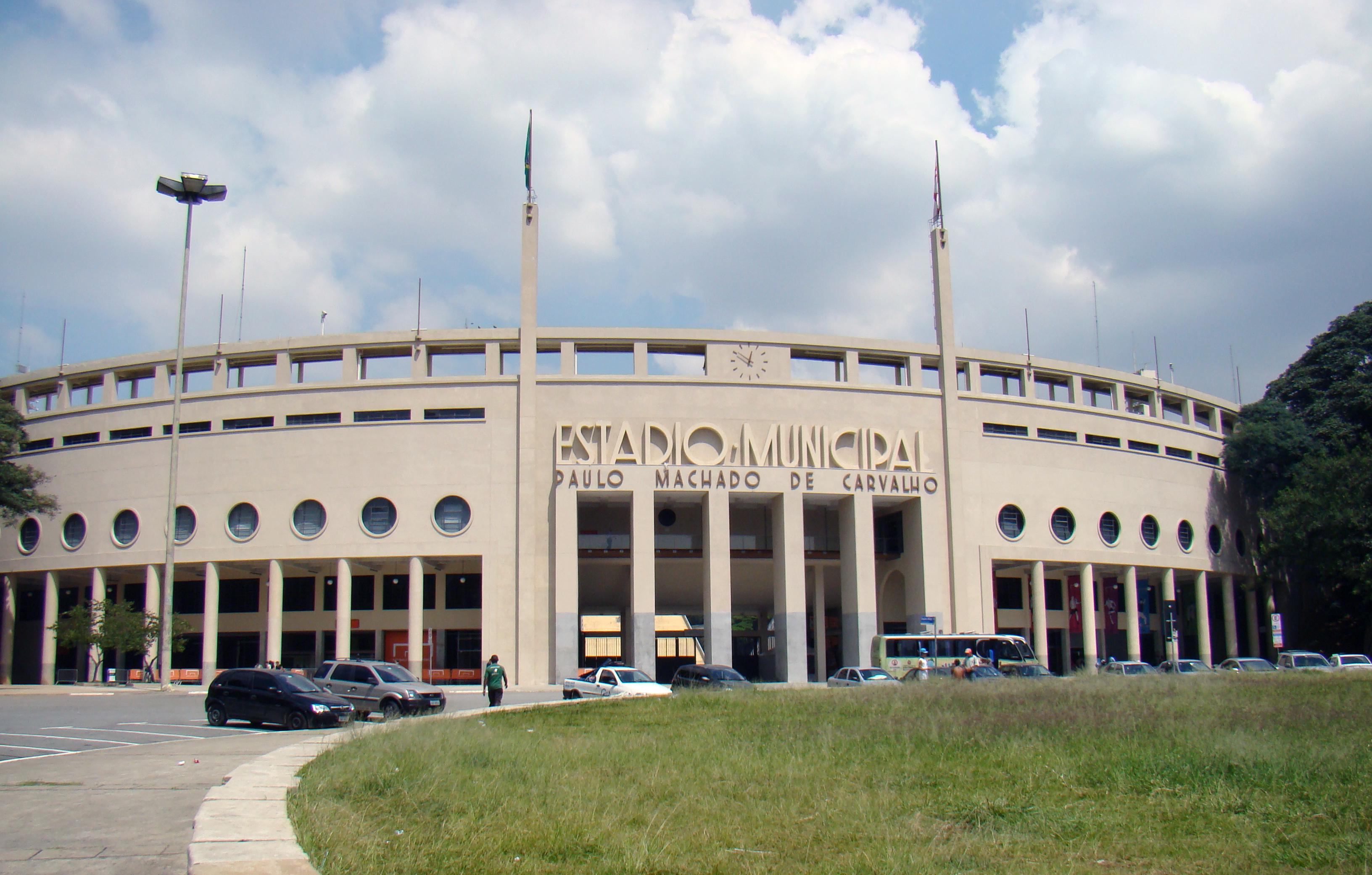
São Paulo's Estádio do Pacaembu, an Art Deco architectural masterpiece completed in 1940, represents a rebirth through diversification. While continuing to host football matches, it has increasingly become a cultural and leisure complex. Beyond its grandstand and pitch, the site now includes a sports museum (Museu do Futebol), a swimming pool, and event spaces. Its rebirth emphasizes preserving its historical aesthetic while expanding its utility, transforming it from a purely football arena into a vibrant public space that blends sport, history, and community engagement.
14. De Kuip (Rotterdam, Netherlands): The Enduring 'Tub' of Football
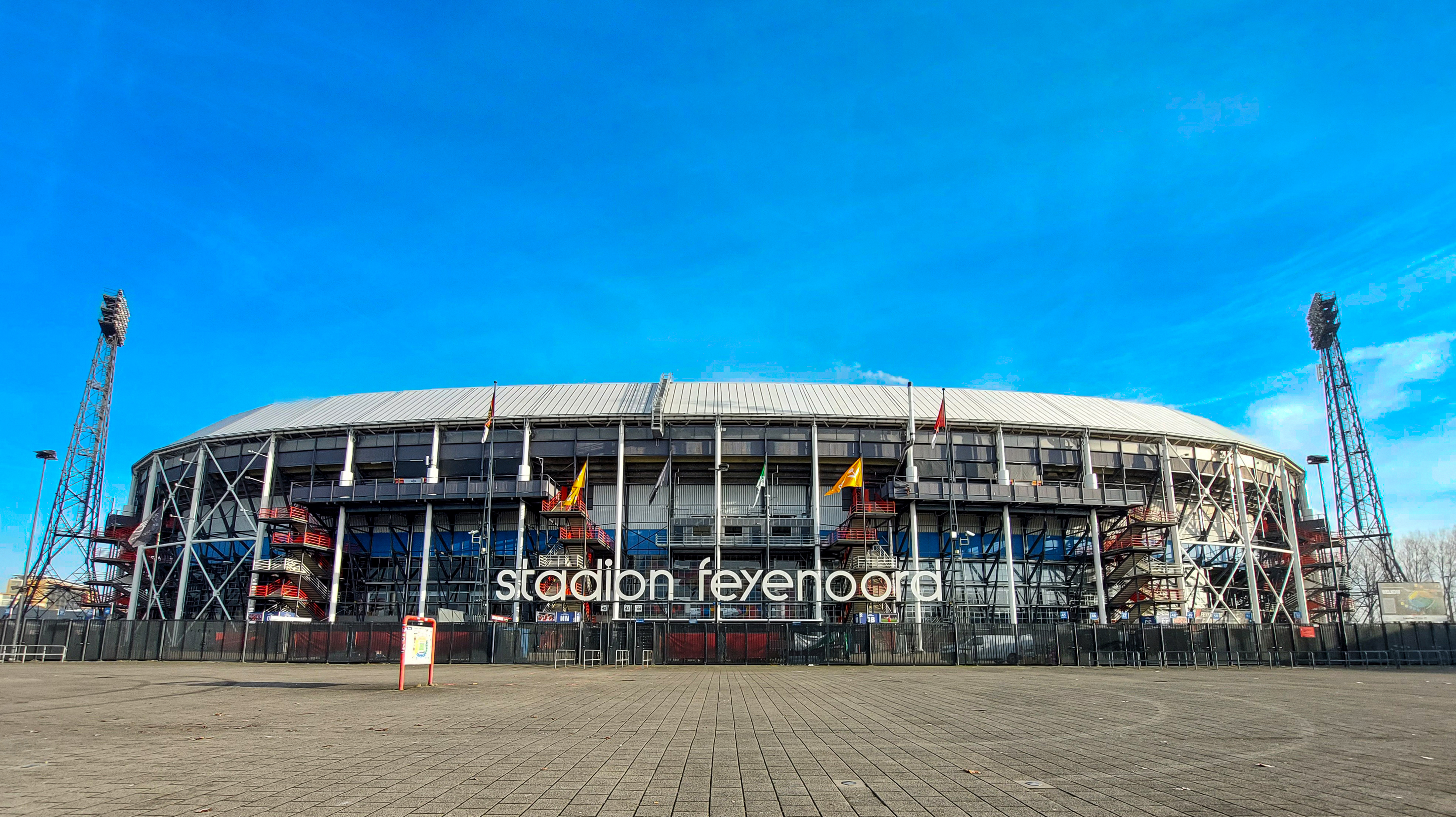
Feyenoord's iconic De Kuip, meaning "The Tub," opened in 1937 and remains one of Europe's most beloved and atmospheric stadiums. Its rebirth is a story of continuous, passionate maintenance and strategic upgrades rather than a single grand overhaul. While discussions of a new stadium persist, De Kuip has consistently modernized its facilities, seating, and infrastructure to meet contemporary demands without losing its unique character or intimidating atmosphere. It remains a legendary cauldron for Dutch football, proof that a stadium can stay relevant and cherished through incremental, thoughtful evolution.
A Living Legacy Redefined

These 14 stadiums are more than just venues; they are dynamic spaces where history is actively made and celebrated anew. Their "rebirths" showcase an incredible blend of architectural ingenuity, cultural reverence, and forward-thinking adaptation. From reclaiming ancient ruins to inserting modern bowls into historic shells, these arenas challenge our perceptions of what a stadium can be. They continue to captivate fans worldwide, proving that with vision and innovation, the echoes of past legends can truly resonate in the epic events of today, creating an enduring legacy for generations to come.

